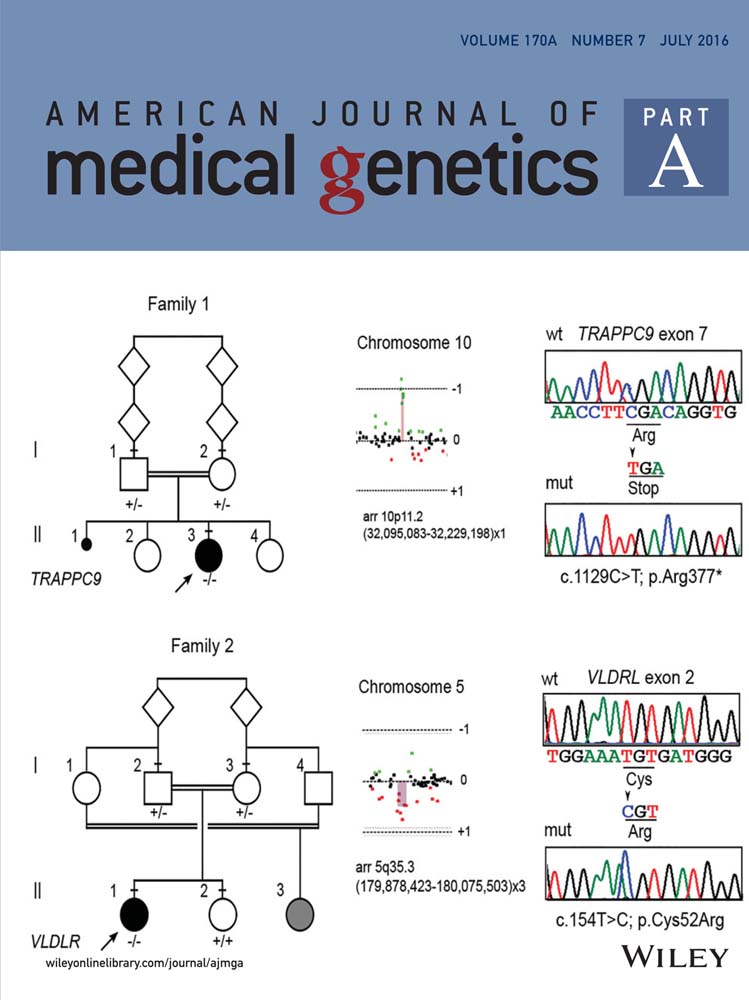Ehlers–Danlos syndrome(s) mimicking child abuse: Is there an impact on clinical practice?
In the interest of clarity, the author modifies some of the wording and corrects one spelling error in the final paragraph of the paper that appeared in this Part C issue.
The final paragraph should now read:
“In conclusion, EDS should be considered in the differential diagnosis of children with a suspicion of non-accidental injury. There is no evidence in the medical literature to indicate a predisposition to fractures in infants at risk for many EDS subtypes, especially classic, vascular and hypermobility types. The Beighton score is a simple screening tool, but suffers of low specificity especially in children and is uncommonly applied to infants. Hence, before a formal diagnosis of EDS in the case of a previous diagnosis of non-accidental injury, extensive personal and family assessment is needed, preferably in the setting of a highly specialized center. Finally, It is also important to emphasize that a diagnosis of EDS does not exclude the possibility of concomitant abuse.”




